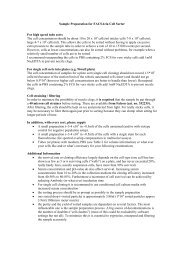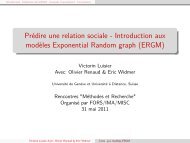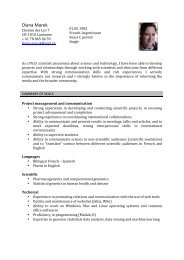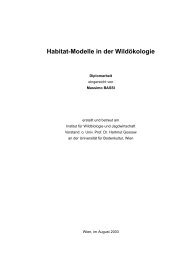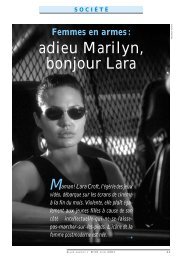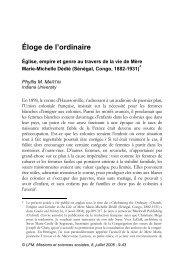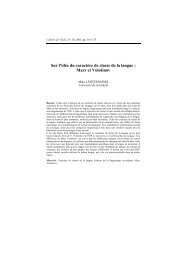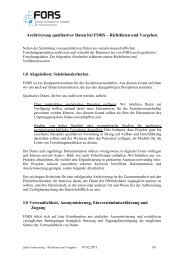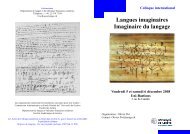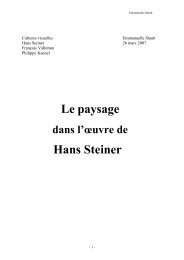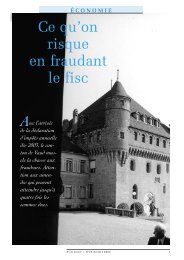conference programme book - European Survey Research ...
conference programme book - European Survey Research ...
conference programme book - European Survey Research ...
You also want an ePaper? Increase the reach of your titles
YUMPU automatically turns print PDFs into web optimized ePapers that Google loves.
TUESDAY 19 JULY 27technique and we are using it for esmang social desirability bias related to self-reported turnout about2009 <strong>European</strong> Parliamentary elecons in Romania...1.4.2 Elicing illicit work. Item Count and Randomized Response Technique put to the test.A. Kirchner 2 , I. Krumpal 1 , M. Trappmann 2 , H. von Hermanni 11 Universität Leipzig, Germany; 2 Instute for Employment <strong>Research</strong>, GermanyWe address an ongoing debate how to assess sensive topics in telephone surveys. Examining three exisngmethods and implemenng one new method, we developed a module to measure illicit work and tested thisin two CATI studies (both conducted in 2010). In an experimental seng, we compare a double-list implementaonof the Item Count Technique (ICT) with direct quesoning as well as a forced-response implementaonof the Randomized Response Technique (RRT) with direct quesoning. In the first study (ICT; n=1.603), respondentswere selected from the German general populaon. In the second study (RRT; n=3.211), respondentsof two specific populaons were sampled from a register: employed persons and those qualifying for basicincome support in Germany, i.e. people depending on state transfer payments...1.4.3 Answering Sensive Quesons in Face-to-Face-Interviews using the Randomized Response- and ItemCount-Technique. Results from a Validaon <strong>Survey</strong>F. Wolter 1 , P. Preisendörfer 1 , A. Skarbek-Kozietulska 11 Department of Sociology, Johannes Gutenberg-University Mainz, GermanyTo overcome the problem of misreporng on sensive quesons in surveys, the randomized response-technique(RRT) and the item count-technique (ICT) have been proposed. The idea behind both techniques is to limit respondents’incenves to misreport by a complete anonymizaon of the interview situaon.However, research has found mixed evidence on the performance of these techniques compared to conven-onal direct quesoning (DQ). Most importantly, there is a lack of validaon studies which are able to comparea validated ”true value” to the answers given in interviews.1.4.4 Sensive Queson Techniques in Online <strong>Survey</strong>s: An Experimental Comparison of Different ImplementaonsA. Diekmann 2 , M. Höglinger 2 , B. Jann 11 University of Bern, Switzerland; 2 ETH, SwitzerlandThe successful implementaon of special techniques for asking sensive quesons (such as the RandomizedResponse Technique) in self-administered online surveys poses several new challenges. A first crucial issue ishow to make respondents understand the techniques’ instrucons and appreciate the provided privacy protec-on. As no interviewer is present to explain the procedure and answer possible quesons, the risk of break-offor noncompliance with the instrucons is high if the procedure is not easily comprehensible. For the RandomizedResponse Technique a second issue is finding a suitable randomizing device. Oen used devices such asdices, coins, or banknotes may not be at a respondent’s immediate disposion and also require a mode shi,which increases non-compliance and non-response. Randomizaon based on innocuous quesons has thedisadvantage that usually there is only a limited set of suitable quesons...1.5 Data Quality in Special Populaon <strong>Survey</strong>s ITo be held on July 19, 2011 from: 11:00 to 12:30, in room 318.Coordinated by:• Susanne Vogl - Katholische Universität Eichstä-Ingolstadt, Germany• Marek Fuchs - Darmstadt University of Technology, Germany



